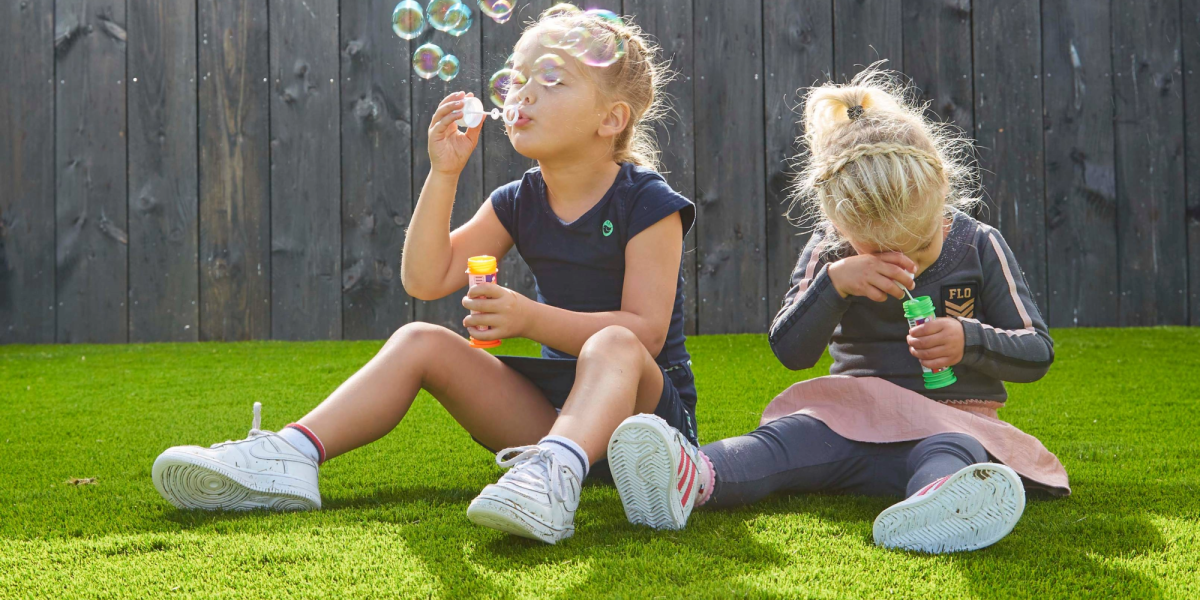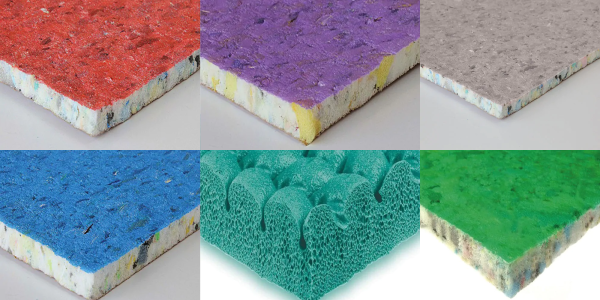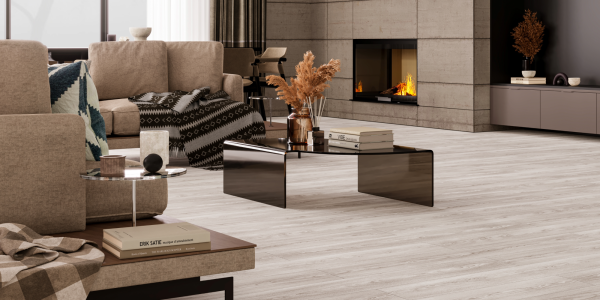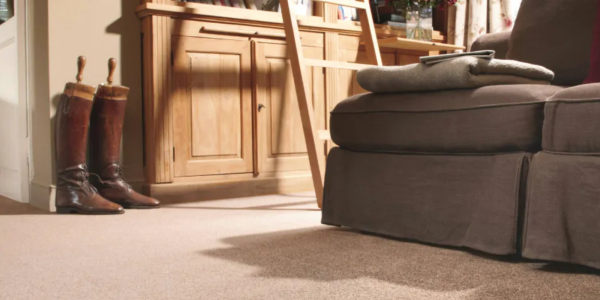What are the benefits of artificial grass?
Artificial grass offers numerous advantages for both residential and commercial properties. Firstly, it provides a consistently lush and well-manicured appearance throughout the year, regardless of weather conditions or seasonal changes. This low-maintenance alternative eliminates the need for regular mowing, watering, and fertilising, resulting in significant time and cost savings for property owners.
Moreover, artificial grass is highly durable and can withstand heavy foot traffic, making it an ideal choice for high-use areas such as sports fields, playgrounds, and public spaces with our artificial grass safe for children and pets. Its water-resistant properties ensure excellent drainage, reducing the risk of waterlogging and mud formation during inclement weather.
From an environmental perspective, artificial grass contributes to water conservation efforts by eliminating the need for irrigation. Additionally, it negates the use of potentially harmful pesticides and fertilisers, promoting a more eco-friendly outdoor space. We also offer an eco-friendly grass range that is free from lead and cadmium.
Lastly, artificial grass provides a hypoallergenic surface, beneficial for individuals with grass allergies or sensitivities. Its versatility allows for installation in areas where natural grass may struggle to grow, such as shaded spaces or rooftop gardens, expanding the potential for green spaces in urban environments.
What colour is artificial grass?
Natural grass is not a consistent colour, so to replicate this, artificial grass uses different shades of green and brown to make it look as real as possible.Artificial grass, commonly referred to as synthetic turf, is predominantly available in various shades of green to mimic the appearance of natural grass. The colour spectrum typically ranges from lighter lime greens to deeper forest greens, allowing consumers to select a hue that best complements their outdoor space and personal preferences.
Manufacturers often incorporate multiple shades of green within a single product to create a more realistic and nuanced appearance. This blending of colours helps to replicate the natural variations found in organic lawns, thereby enhancing the overall aesthetic appeal of the artificial grass.
It is worth noting that whilst green remains the predominant colour choice, some specialised artificial grass products are available in alternative colours such as blue or red. These non-traditional options are primarily utilised in specific applications, such as sports facilities or decorative installations, rather than residential landscaping.
The colour retention of high-quality artificial grass is generally excellent, with modern manufacturing techniques ensuring that the chosen hue remains vibrant and true for an extended period, even when exposed to various weather conditions and regular use.
How long is artificial grass?
This can vary depending on the product, a guide is between 28mm to 38mm.How to look after artificial grass?
Regular Brushing with a stiff broom or brush to keep the fibres upright and prevent matting. Removing debris, leaves and twigs. Pet waste, scoop up pet waste and rinse the area with water, artificial grass is designed to drain well, so its easy to maintain hygiene.Maintaining artificial grass is essential to preserve its appearance and longevity. Regular brushing is paramount to prevent matting and ensure the fibres remain upright and prevent matting. Utilise a stiff-bristled brush, broom or a specialised artificial grass rake to remove debris and redistribute infill material.
Promptly address any spills or stains to prevent permanent damage. For most substances, a mixture of warm water and mild detergent suffices. However, for more stubborn marks, specialised artificial grass cleaners are available. Remove any debris, leaves and twigs. For pet waste, scoop up pet waste and rinse the area with water, artificial grass is designed to drain well, so its easy to maintain hygiene.
Periodic rinsing with water helps eliminate dust and small particles that may accumulate over time. In areas with high foot traffic, consider using a power brush or professional cleaning service annually to maintain optimal condition.









